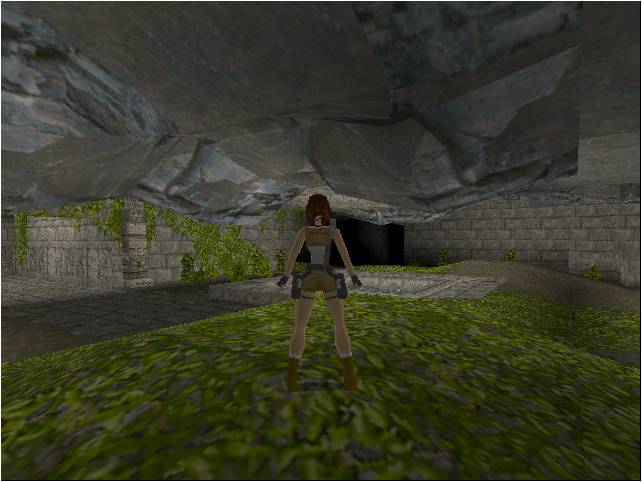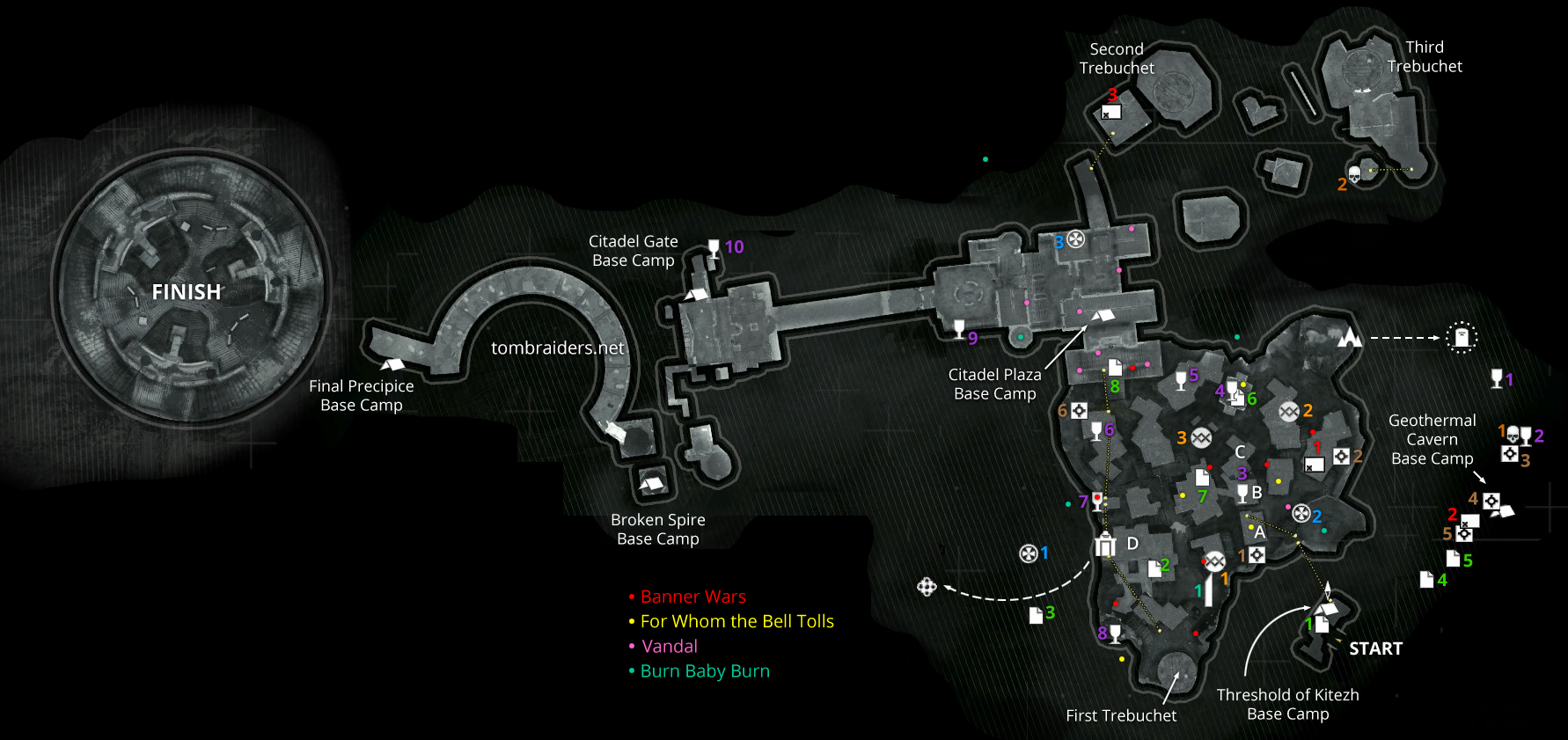

Tomb Raider: The Angel of Darkness (2003) The story is largely irrelevant-Lara is tasked with retrieving 3 mythical stones, in order to avoid the revival of an ancient being known as the Great Grey One. While Lara still wields firearms as her weapon of choice, the game received criticism for its lack of movement options, as well as the linearity of the game, considering the focus on exploration that was present in previous titles. Released on the GameBoy Advance, The Prophecy is the first Tomb Raider game developed with a top-down view. Released on November 12th, 2002, Tomb Raider: The Prophecy marks one of the first generational leaps of the Tomb Raider series. The apprentice of an evil magician marks Lara’s soul as a catalyst for his master’s resurrection, forcing her to take chase, lest her body be taken over. However, it features a much more cohesive and expansive story. Being implemented on the same game engine as the first GBC installment, the gameplay of Curse of the Sword is nearly identical to its handheld predecessor. Curse of the Sword is a direct sequel to the first installment of Tomb Raider on the GBC.

Released on June 25th, 2001, Tomb Raider returns to the GameBoy Color once again. The first of these stories is set in the catacombs of Rome, the second in Russia, and the third on an unknown island inhabited by demonic forces.ĭespite being set in the past, Chronicles expands on Lara’s skill set even further, providing her with both a stat tracker, as well as a grappling gun. With the fate of Lara Croft left unknown at the end of The Last Revelation, Chronicles details three major stories from her past, told from the POV of her father, the Croft family butler, and Charles Kane. Despite the vast difference between installments, Tomb Raider (GBC) was praised for its smooth animations, as well as the in-depth button mapping. Given the hardware limitations of the GameBy Color, the game relegates Lara Croft’s previously extensive skill set to a 2d setting. Released on June 8th, 2000, Tomb Raider (GBC) marks the first generational “leap”, as well as a major step back from the core setting and gameplay of the previous Tomb Raider installments. In The Last Revelation, while exploring the tomb of Egyptian God Set, Lara accidentally frees the deity-spurring on a country wide race to entomb the Evil God once again-and leaving the fate of Lara unknown at the end of the game.
#THE LOST CITY TOMB RAIDE SERIES#
As with previous titles, the player guides Lara Croft through a series of zones in search of artifacts. Released on November 22nd, 1999, Tomb Raider: The Last Revelation continues to rely on the framework set by its predecessors a fact noted by many, and often cited as the reason behind the series becoming “stale” and unchanging. Story-wise, Tomb Raider III revolved around a set of 4 artifacts-which, when used in tandem with the power of a fallen meteorite, turns humans into grotesque mutations of their original forms. Of note is the fact that a significant portion of the game takes place underwater, contributing to a large difficulty spike-which in turn garnered much criticism. As before, the player-controlled Lara Croft has access to 5 different zones, an array of weapons, and an expanded set of vehicles. Released on November 20th, 1998, Tomb Raider III continues onward with the tried and true formula of its best-selling predecessors-something it received its fair share of criticism for. Story-wise, the game remains fairly similar to Tomb Raider, though the focal artifact is now the “Dagger of Xian”, which has the ability to turn its wielder into a dragon-provided they plunge the dagger into their own heart. Tomb Raider II also explores the use of darkness as an obstacle, giving Lara pyrotechnic flares that can be used to light dark corners for a set period of time. While it still uses the grid-based ‘level’ system, player-controlled Lara Croft has access to improved mobility, new weapons, and a set of vehicles-mainly used to traverse long distances. Released on November 21st, 1997, Tomb Raider II builds upon the foundation of its predecessor. Story-wise, the game follows the titular character, archaeologist turned ‘tomb raider’ Lara Croft through Peru, Greece, Egypt, and the lost city of Atlantis-in search of a lost artifact known as the Scion. While the graphics may leave something to be desired compared to modern standards, the 3d format was innovative for its time, along with the grid-based level design. Released on October 25th, 1996, the original Tomb Raider remains one of the best selling video games on the original PlayStation, and was the best-selling entry of the Tomb Raider franchise until its 2013 remaster (more on that later). Lara Croft and the Temple of Osiris (2014)ġ7. Lara Croft and the Guardian of Light (2010)ġ5. Tomb Raider: The Angel of Darkness (2003)ġ3. Tomb Raider: The Last Revelation (1999)ħ.


 0 kommentar(er)
0 kommentar(er)
